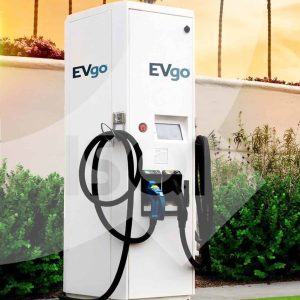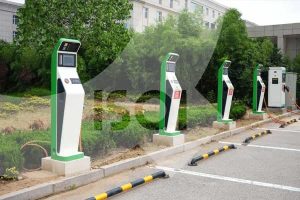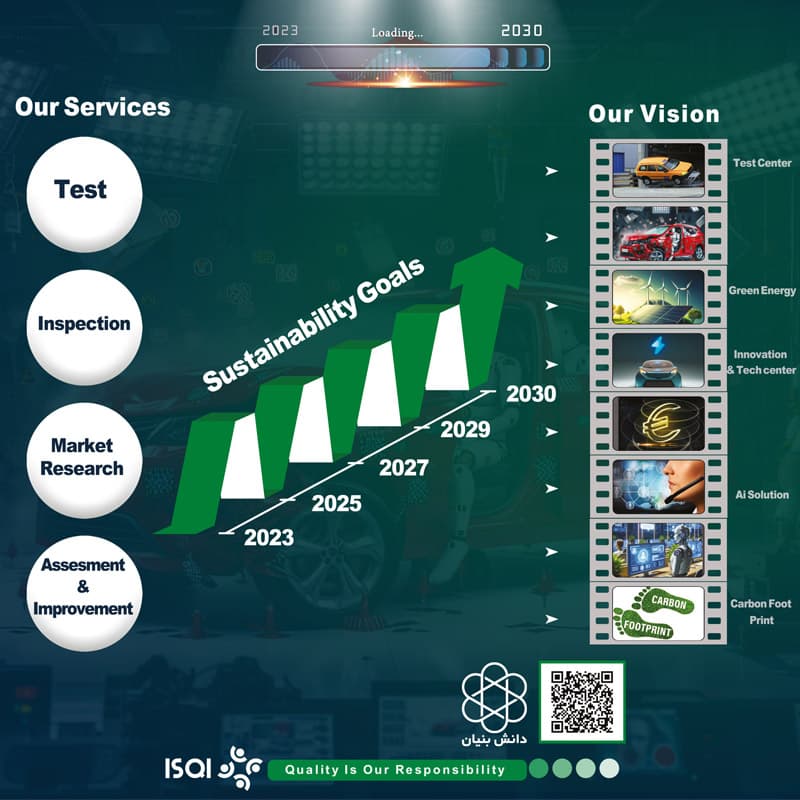These days, electric vehicles (EVs) have become a common and popular mode of transportation. However, to ensure the continued growth of this market, there must be effective infrastructure for charging these vehicles. Since 2015, the global share of new passenger vehicles, namely electric cars, has increased by an average of 50% each year. Some believe that the sales share of electric vehicles will reach 100% by 2040, signaling the end of traditional fossil fuel-powered cars!
However, there are many criticisms of the charging methods and charging devices for electric vehicles. If we cannot charge our electric cars where and in a manner that is acceptable to the consumer, the electric vehicle market will undoubtedly undergo a significant transformation.
The main reasons for dissatisfaction with electric vehicle charging are:
- Insufficient charging stations
- Lack of access to charging points on off-road routes
- Lack of uniformity in car charging systems
To attract new buyers for these vehicles, the charging infrastructure must be user-friendly. For some drivers, the current infrastructure is not user-friendly and cannot easily replace traditional fuel-powered vehicles. With all these issues, history has always shown that accepting any new technology comes with challenges. Even with fossil fuel-powered vehicles, access to fuel stations was not initially easy, so with the increasing presence of electric vehicles in society and people’s inclination towards using electric cars, access to charging stations is also improving.
Which countries have restrictions on the use of fossil fuels?
Governments worldwide intend to impose restrictions on the use of fossil fuel vehicles. However, countries that have officially declared goals in this regard include:
- Norway by 2025
- Germany by 2050
- France by 2040
- China by 2040
- United Kingdom by 2030
Achieving these goals largely depends on the development of electric vehicle charging infrastructure. As mentioned above, charging stations for electric vehicles and their charging methods need to be user-friendly and cohesive.
Electric vehicles have several advantages over conventional fuel-powered vehicles:
The new technology employed in electric vehicles can perform tasks that conventional fossil fuel-powered vehicles cannot handle. As an advantage, the energy required for driving the vehicle can be sourced from various renewable sources such as wind, solar power, wave energy, nuclear energy, and more. This versatility provides a significant advantage to electric vehicles over gasoline and diesel vehicles.
On the other hand, the energy stored in the battery of an electric vehicle can easily be returned to the grid (V2G) or used to power a home (V2H). In emergency situations, it can also be shared with another vehicle (V2L).
We should consider the battery of an electric vehicle as a place for energy storage. In this case, its application goes beyond being a source of energy for the vehicle, transforming into something else. Therefore, electric vehicles are more than just cars; in fact, they are a suitable source for supplying our energy needs. Since EVs are mostly charged at home or the workplace, the idea of having environments similar to current fuel stations is practically futile. Hence, we need to explore new and efficient solutions.
Charging stations:
Charging services must be available everywhere; the key to the success of the electric transportation system is its charging services. The chargers for electric vehicles are designed to deliver electricity to the vehicle’s battery through various electrical circuits and switches to control the current. Charging stations should be fast and user-friendly. Additionally, they should be resistant to corrosion caused by weather conditions and problems related to dust, ensuring durability for charging sockets.
Standards for Electric Vehicle Charging Stations:
Manufacturers of electric vehicle chargers must comply with regulatory standards, including the European standard EN 61851-1. They should also consider standards IEC/EN 62752 and IEC/EN 61851-1 for AC chargers, and standard IEC/EN 61851-23 for DC chargers. DC chargers provide a high charging rate in a short period. Additionally, charging station manufacturers must adhere to requirements specified by the vehicle manufacturer and ensure the level of compliance.
Summary:
Similar to the new European law that requires cell phone devices to have the same charging ports, it is necessary for electric vehicles to also have uniform charging ports and charging input interfaces. With the expanding environmental damage, it is crucial for fossil fuels to be phased out as quickly as possible to reduce the entry of less carbon dioxide into the atmosphere. Therefore, hydrogen vehicles and ammonia-based fuels, alongside electric or hybrid vehicles, can be the future of the automotive industry.










